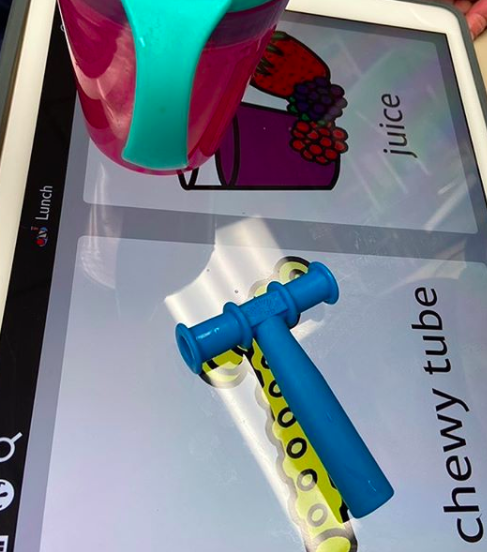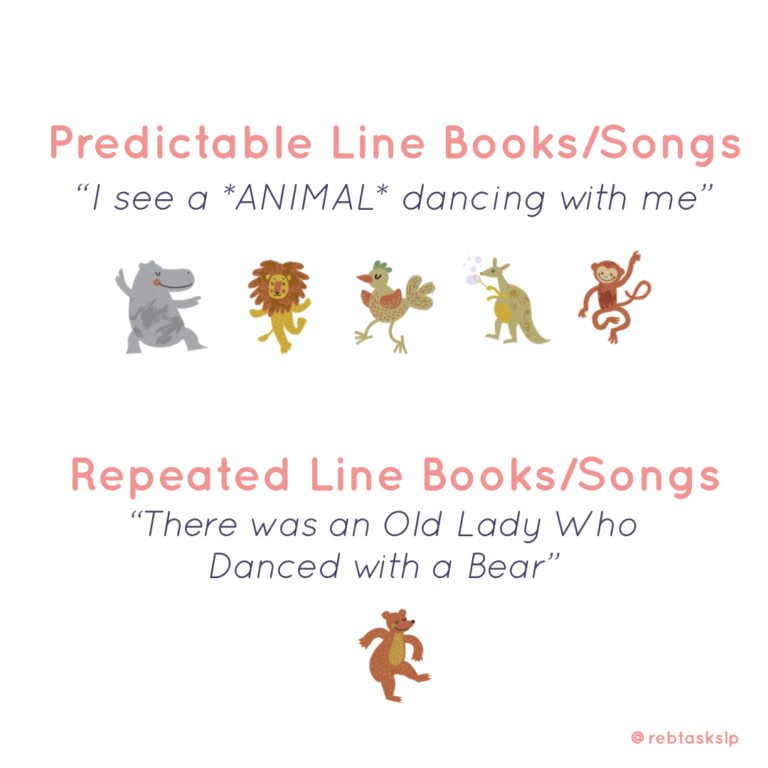An Idea for Emergent Speakers using a Predictable Line Method
We have all heard that reading is essential for little ones growth! Observing others is 80% of how learning occurs, that means the more you model language during reading, the better! Often parents of late...
Read More




